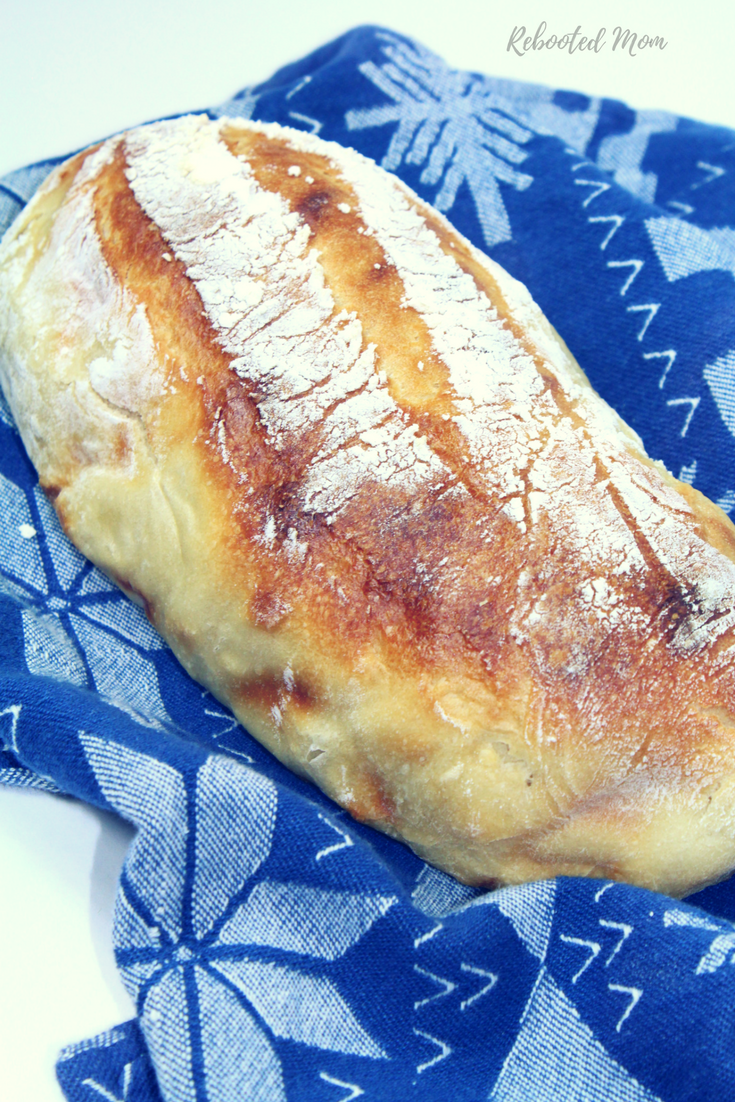
One thing that I absolutely love having in our home is kefir. Kefir grains soaked daily and strained make a wonderful kefir milk that we can enjoy in smoothies and also to help us make soft kefir cheese.
You can also use Kefir to make sour cream, and ricotta cheese.
Related post: Why raw milk is real milk
I also know that a beautiful loaf of sourdough bread can run a pretty penny a the local store, too… thankfully, our kefir can help us make sourdough bread without the cost and the added ingredients that are often thrown into commercial bread.
Have you ever read the label? Commercial bread has so many fillers and gunk that is just so unnecessary.
One of the biggest reasons we incorporate kefir into our diet here at home is to help keep our gut strong. Sure, you can buy probiotics, perhaps even attempt water kefir…. but raw dairy kefir is by far one of the best ways to bulletproof your gut. It has more strains of beneficial bacteria than probiotics and water kefir combined.
Where can you Get Kefir?
We picked up our kefir at our raw milk farm here in our local area – you can check your area to see if there are any farms near to you that sell raw milk and raw milk kefir.
Related post: 8 reasons to consider drinking raw milk
Unlike processed milk, raw milk contains lactobacilli bacteria = which essentially digests lactose. Pasteurization of milk kills the harmful bacteria within the milk – it also kills the bacteria, good fats, vitamins, and enzymes that help you DIGEST the milk, hence leading to dairy intolerance.
A recent survey has shown that 80% of lactose intolerant CAN drink and digest raw milk without problems.
Why Ferment Bread?
Fermented Foods are foods that are full of probiotics – also known as good bacteria. When your gut has the ideal balance of good and bad bacteria, your body forms the foundation for a healthy mental, emotional and physical well being.
One of the best books to reference is Nourishing Traditions – which explains the process of fermentation as lacto-fermentation. Lactic acid is a natural preservative…. that preservative prevents bacteria. The starches and the sugars that are in sugars are converted to lactic acid by the lactic acid producing bacteria or lactobacilli.
There are many reasons to consume fermented foods – one of those reasons is to help seal that seal a leaky gut that has developed as a result of a reliance on prescription medicine.
Prescriptions have their place, but we try very hard to avoid them completely because when you consume them, they get rid of the good and bad gut bacteria in your body. When you get rid of the good gut bacteria, a your body finds an imbalance and that leads to a host of problems such as suppressed immune system, and more.
Lets talk about this bread for a minute.
The bread is incredibly easy to make – the only thing you need is time. It’s really just very effortless.
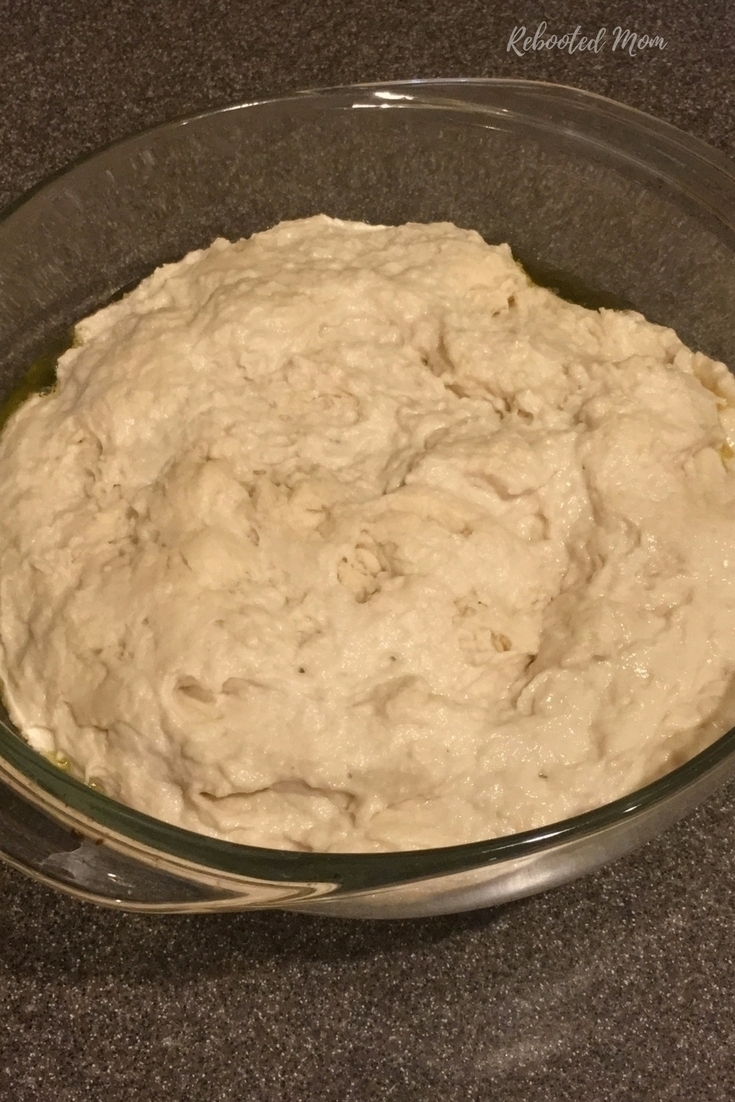
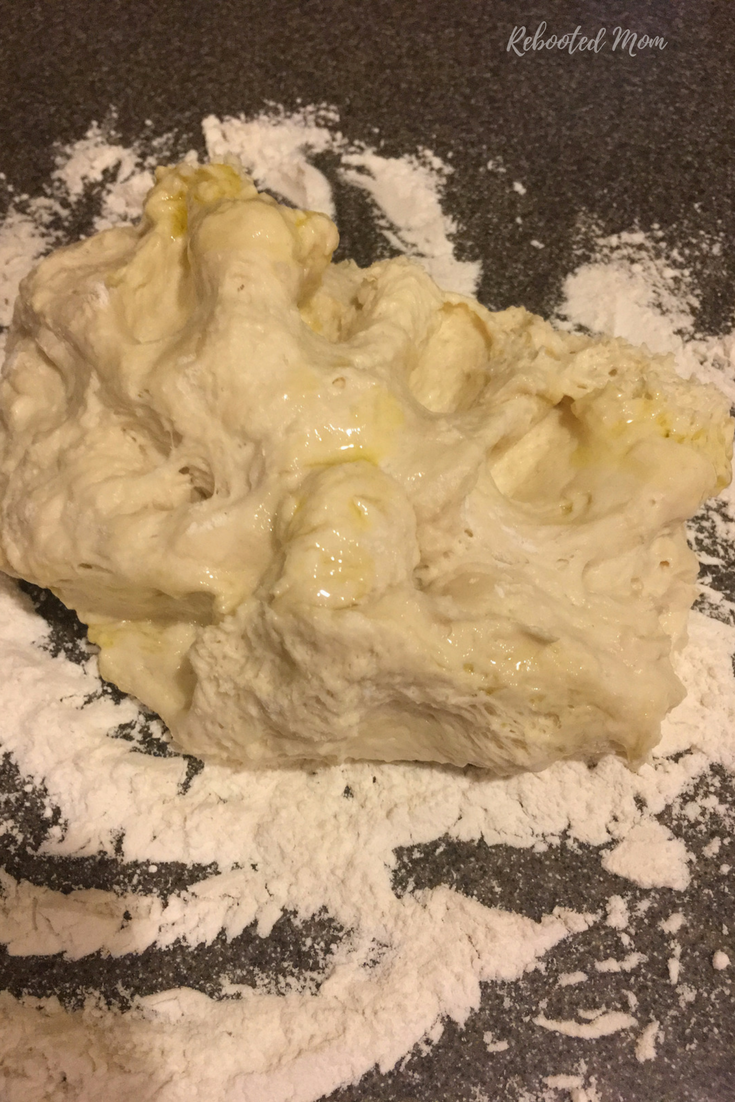
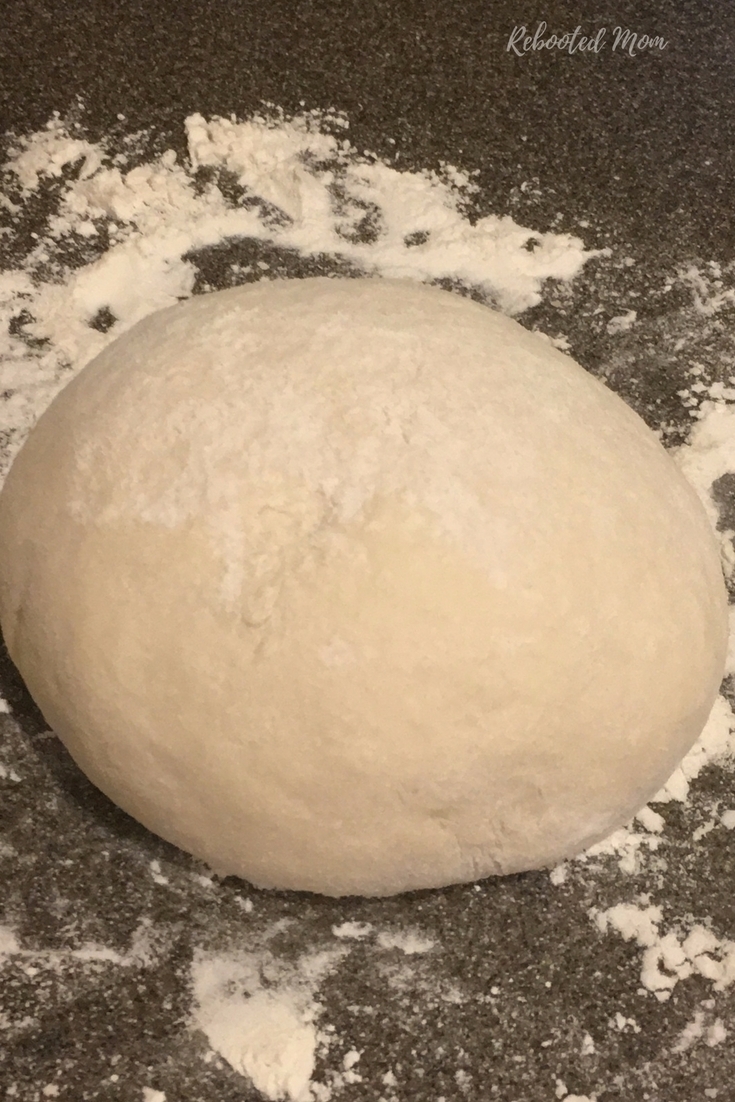
You combine the kefir milk with organic, all purpose unbleached flour (read why it’s important to use this type of flour back here).
You let it sit for 12-18 hours to ferment. While it sits, the starches and sugars in the bread will be converted to lactic acid by the bacteria and enzymes from the raw milk.
As it ferments, you are allowing for greater digestibility.
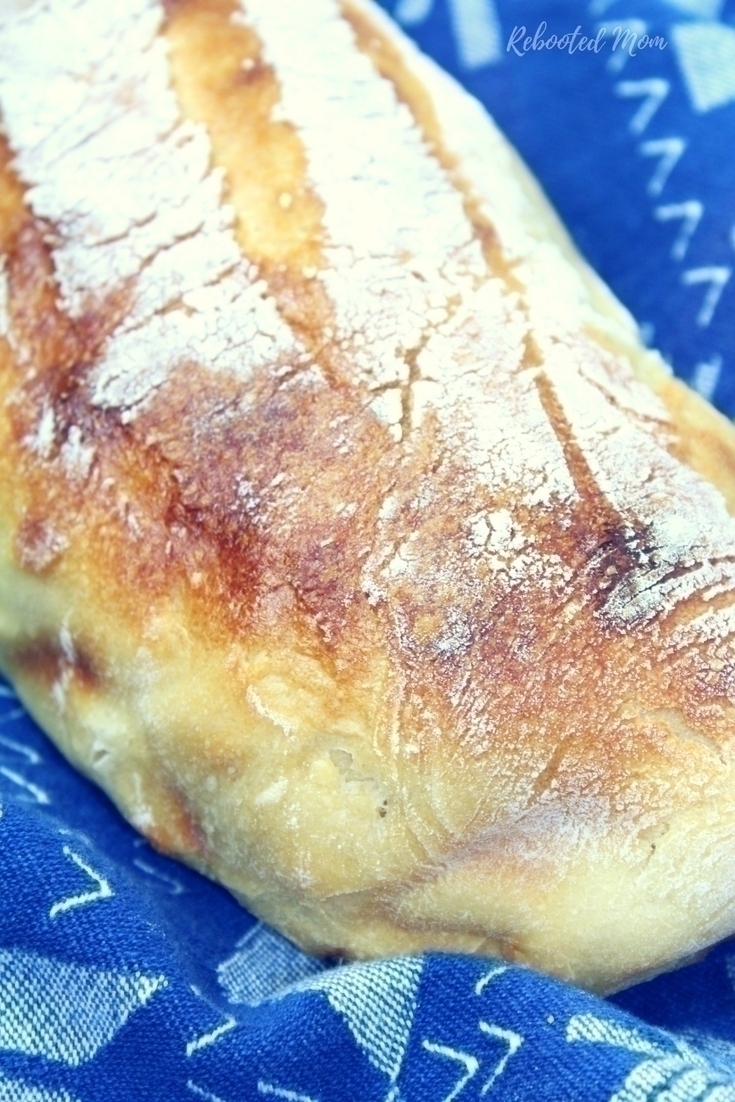
Can you eat Sourdough if you are Gluten-Free?
Sourdough bread sold in stores today is largely the result of commercial yeast… which should be avoided in favor of a traditionally baked loaf.
True sourdough does not contain yeast; instead, it contains a lactobacilli starter culture, and is baked for a longer period of time to preserve the nutritional integrity of the bread.
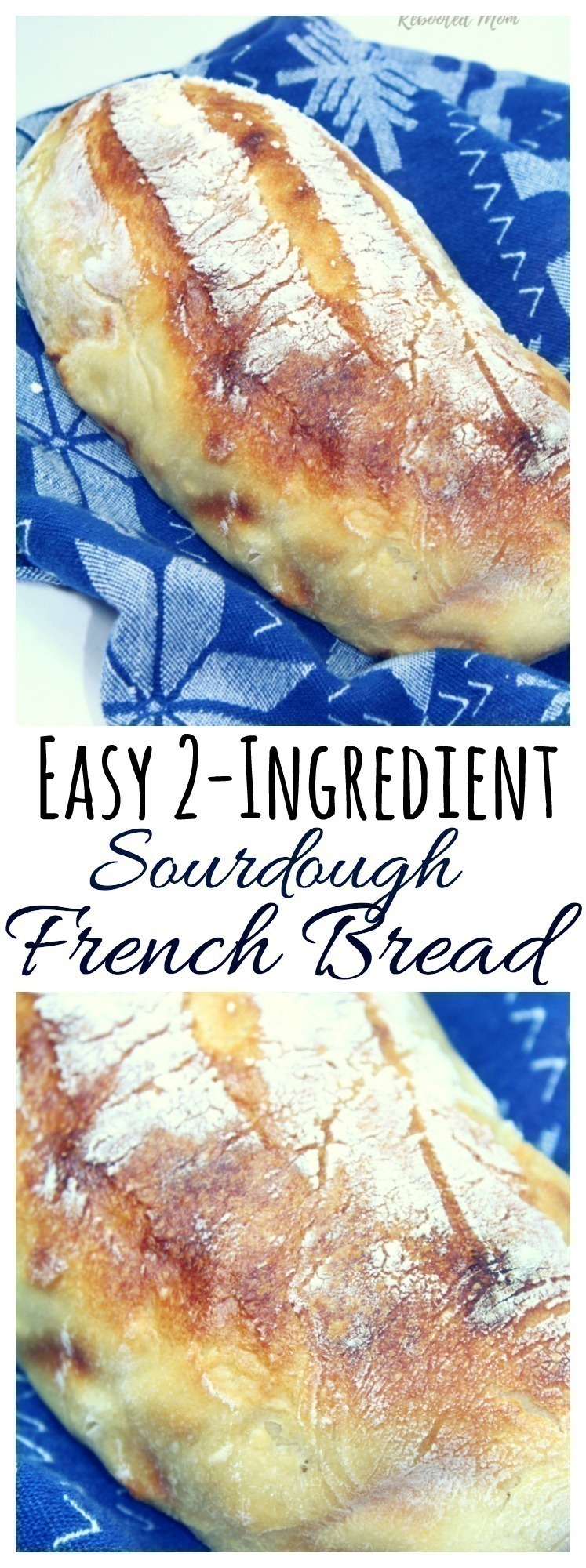
Traditional sourdough (as in this recipe here) done through fermentation helps eliminate gluten and reduces phytic acid (which allows for greater nutrient absorption).
The answer is: most people should be able to eat traditional sourdough, to include celiacs.
Ingredients
- 3 C. organic, all purpose unbleached flour (we use Bob's Red Mill)
- 1 1/2 - 2 C. raw milk kefir
Instructions
- In the bowl of your KitchenAid Mixer, combine the flour with 1 1/2 C. of kefir.
- Using the dough hook, turn the mixer on low and allow to combine - add 1/4 C. of kefir at a time as it mixes, but no more than a total of 2 C. of raw milk kefir.
- Once it's mixed, turn out into a bowl greased with a little vegetable oil. Cover with saran wrap and allow to sit 12-18 hours.
- As the ball of dough sits, it will change in size and shape - it'll spread out into a bigger glob, and will rise considerably as well.
- At this time, preheat the oven to 450 degrees F.
- After 12-18 hours, turn the dough out on a heavily floured surface and knead 2-3 minutes until you get a soft, pliable dough.
- After you knead the dough, form into the shape you wish - a loaf if you wish for french bread, or you can do a sourdough loaf too. Your choice!
- Transfer the dough to your dutch oven (if large enough). Or, if you are without a dutch oven, place the dough on a sheet of foil and turn the sides upward.
- Score the loaf with a knife to make a few long incisions down the length of the loaf.
- Then place another piece of foil over the top to tent - and seal the edges around. Your goal is for the bread to be encapsulated so that the steam stays within for the first 20 minutes of the baking time.
- Place the bread in the oven on the middle rack and bake for 20 minutes at 450. Then, uncover (remove the tented upper piece of foil) and reduce the temp to 425 for 6-8 minutes until brown.
- Remove from the oven and enjoy.
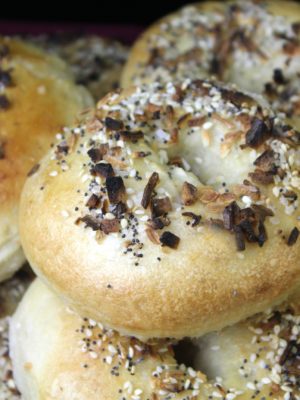
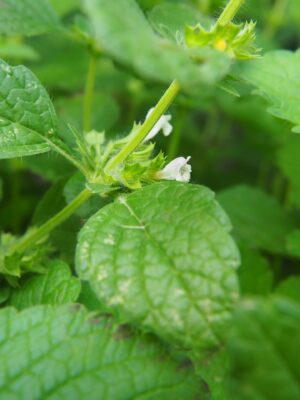
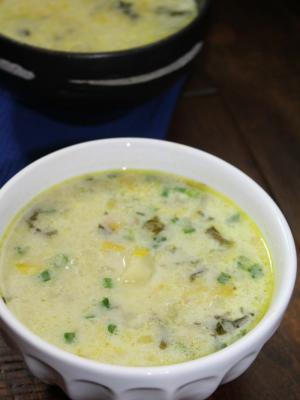
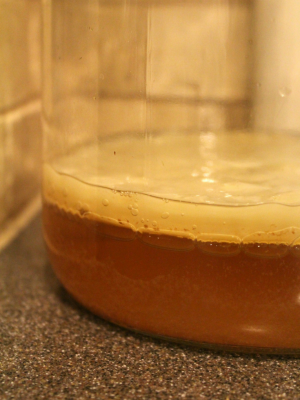
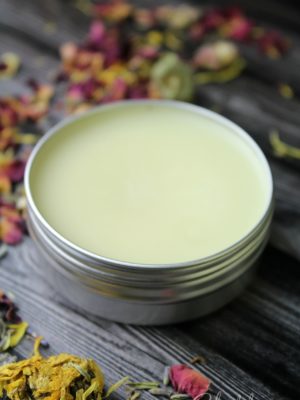
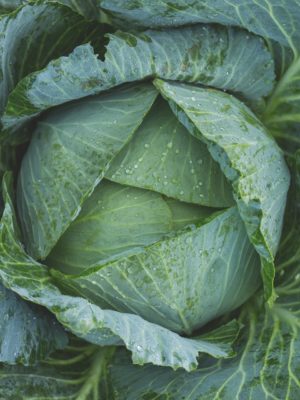

Your “uses for soured raw milk” post led me here as I have about half a gallon of it in my fridge currently. Could I use a Bob’s red mill gluten free 1-1 blend for this recipe instead of regular flour?? I don’t keep any regular flour on hand. Thanks!
You sure can try! I haven’t ever tried gluten free flour, but I don’t see why it wouldn’t work!
What a lovely recipe for a high quality loaf! Very nice. I want to comment on the gluten aspect. I would suggest that if you suffer from coeliac disease that avoidance of all wheat and wheat related grains is best, even if fermented. If you are only gluten intolerant (as I am), it is possible that the fermentation process can help. I have found, unfortunately, that a fermentation process does not eliminate the effects of gluten for me. But I would encourage giving it a try as I understand that fermentation does allow some of us gluten intolerant folks to enjoy a well made loaf of bread.
Does baking the bread kill the beneficial bacteria from the kefir and fermentation?
Yes it does. It’s great if you have a lot to use though!
Hi there, how long does this loaf typically stay fresh for?
A few days, at most, when wrapped properly.
Can you substitute sourdough starter for the kefir? Oops. I just did. I will let you know what happens when Ibbake it tomorrow. I don’t know if there is any place to buy raw milk around me.
Lynda, where are you located (in the States?) Here in Arizona we have raw milk available from the farm and at the supermarket. Though some states have tighter restrictions and you can’t get it at all. You can always check the site RawMilk.com to find a local farm source near you. Let me know how it goes for you.